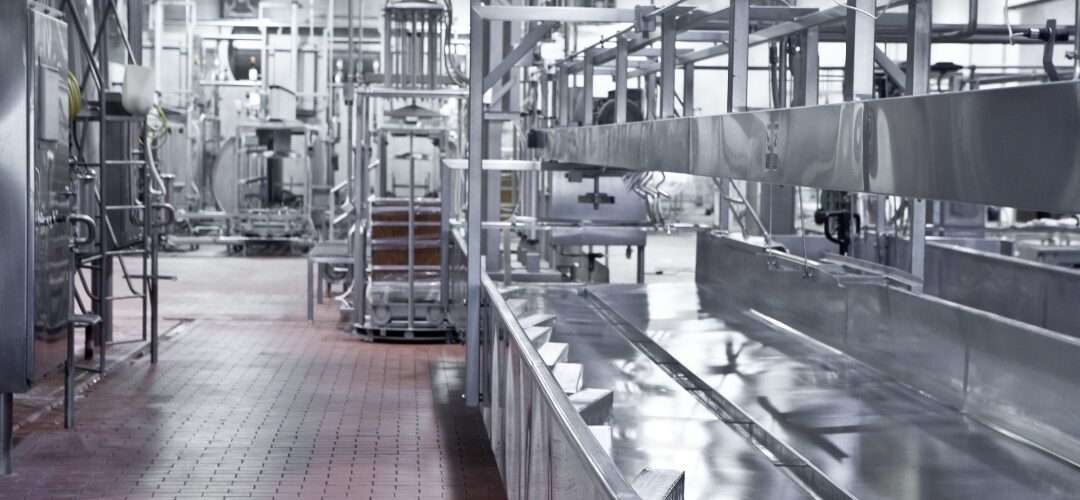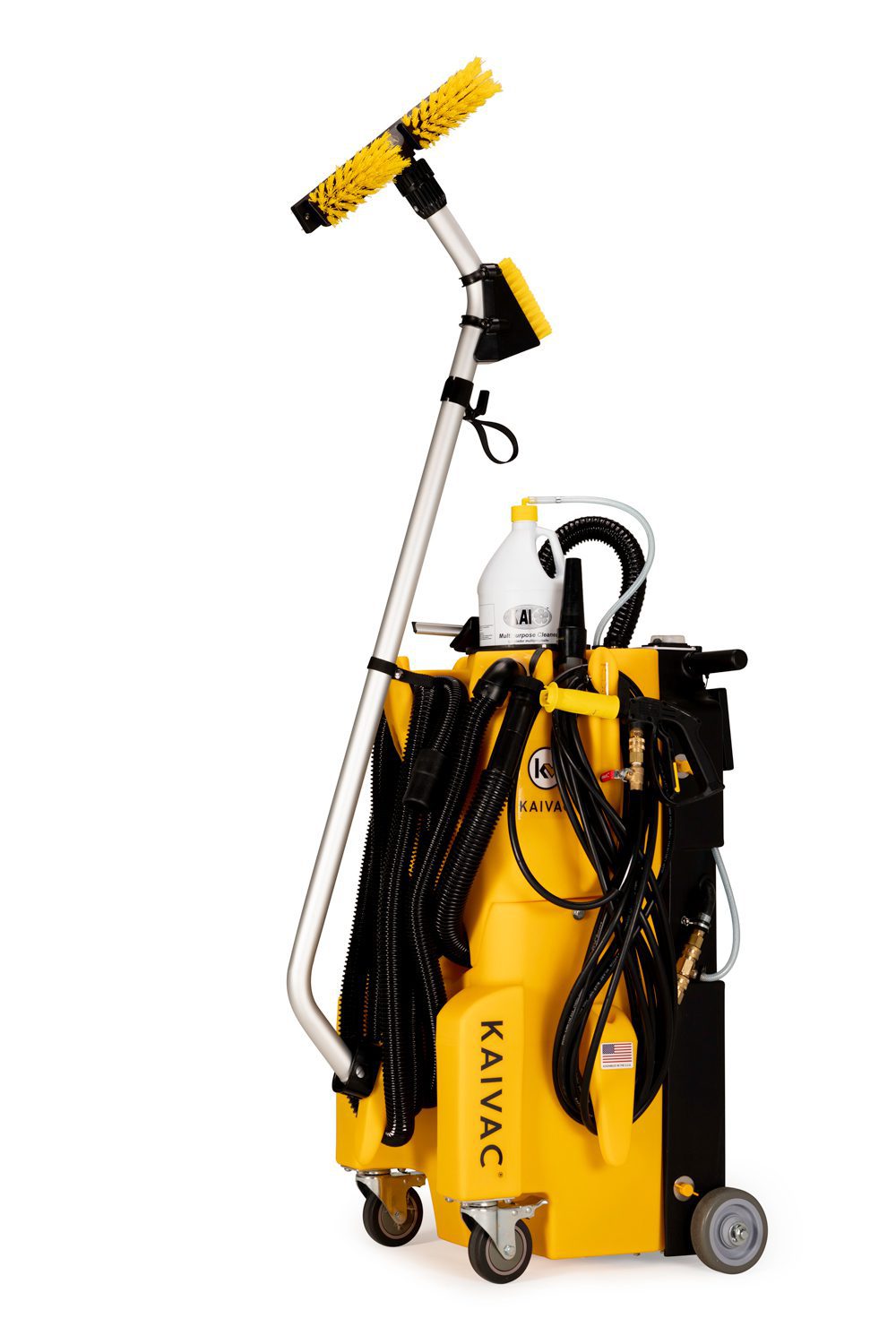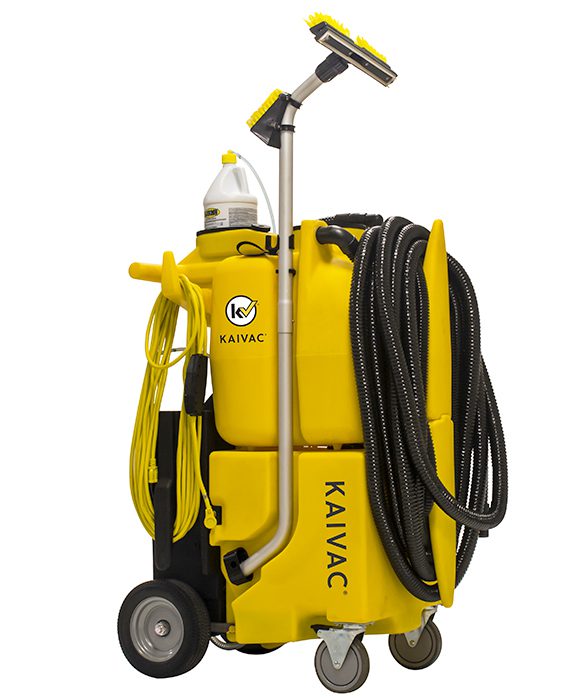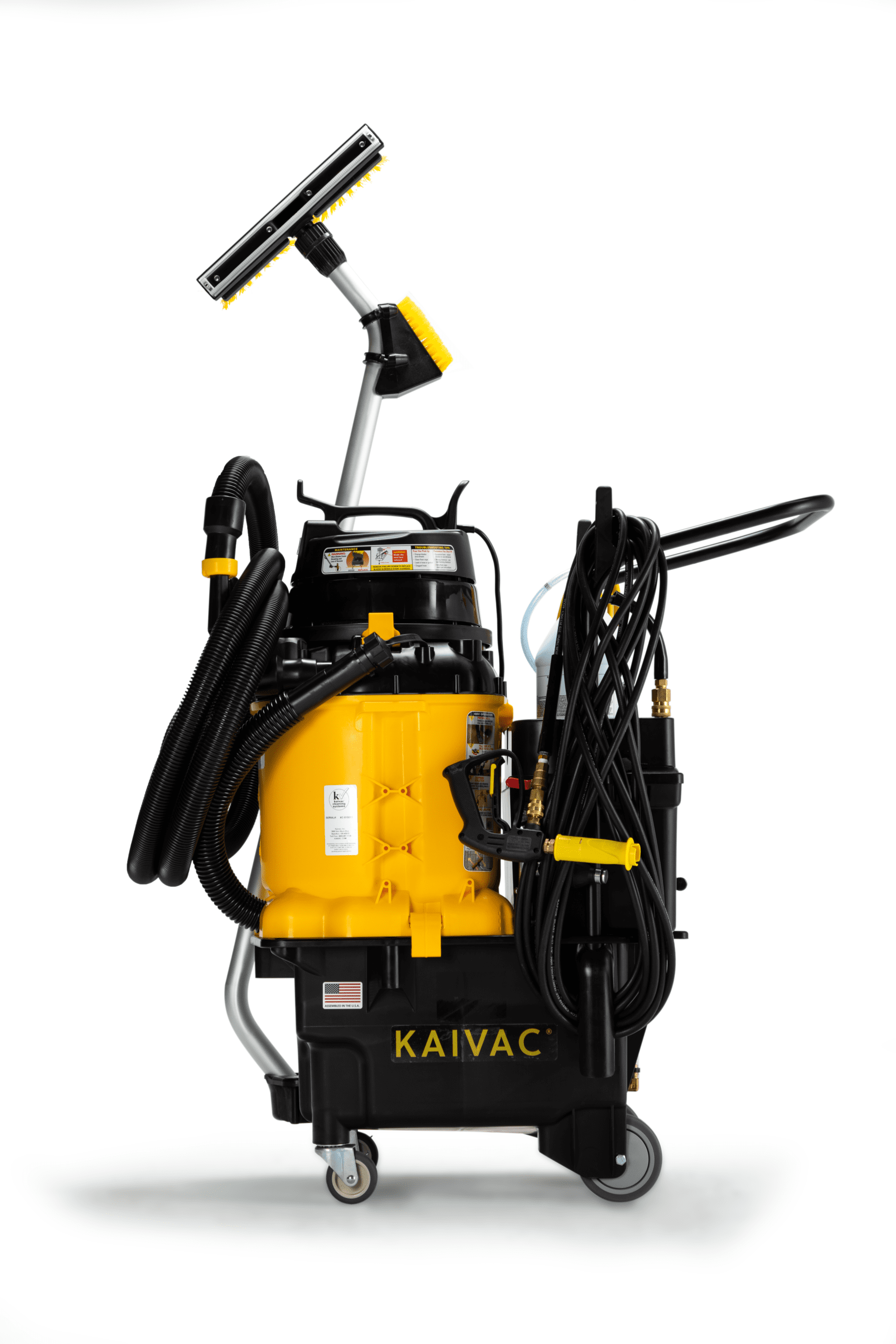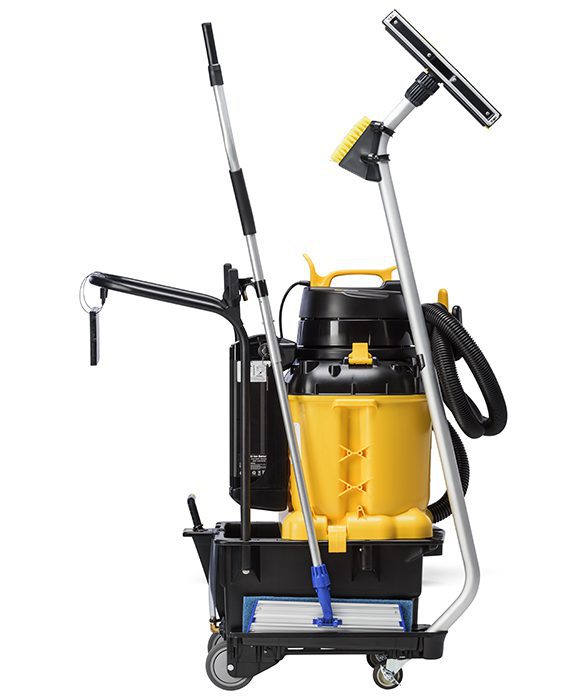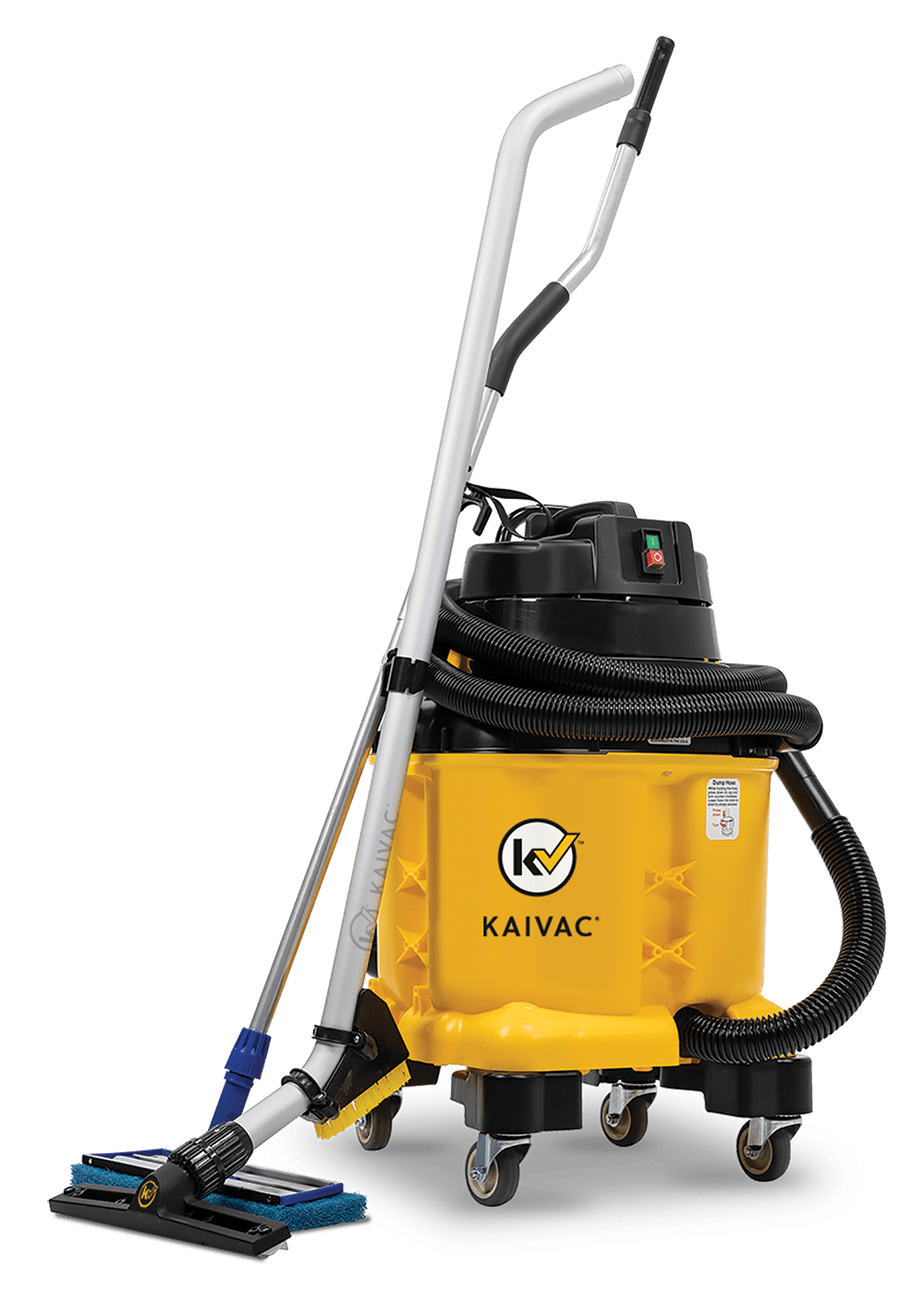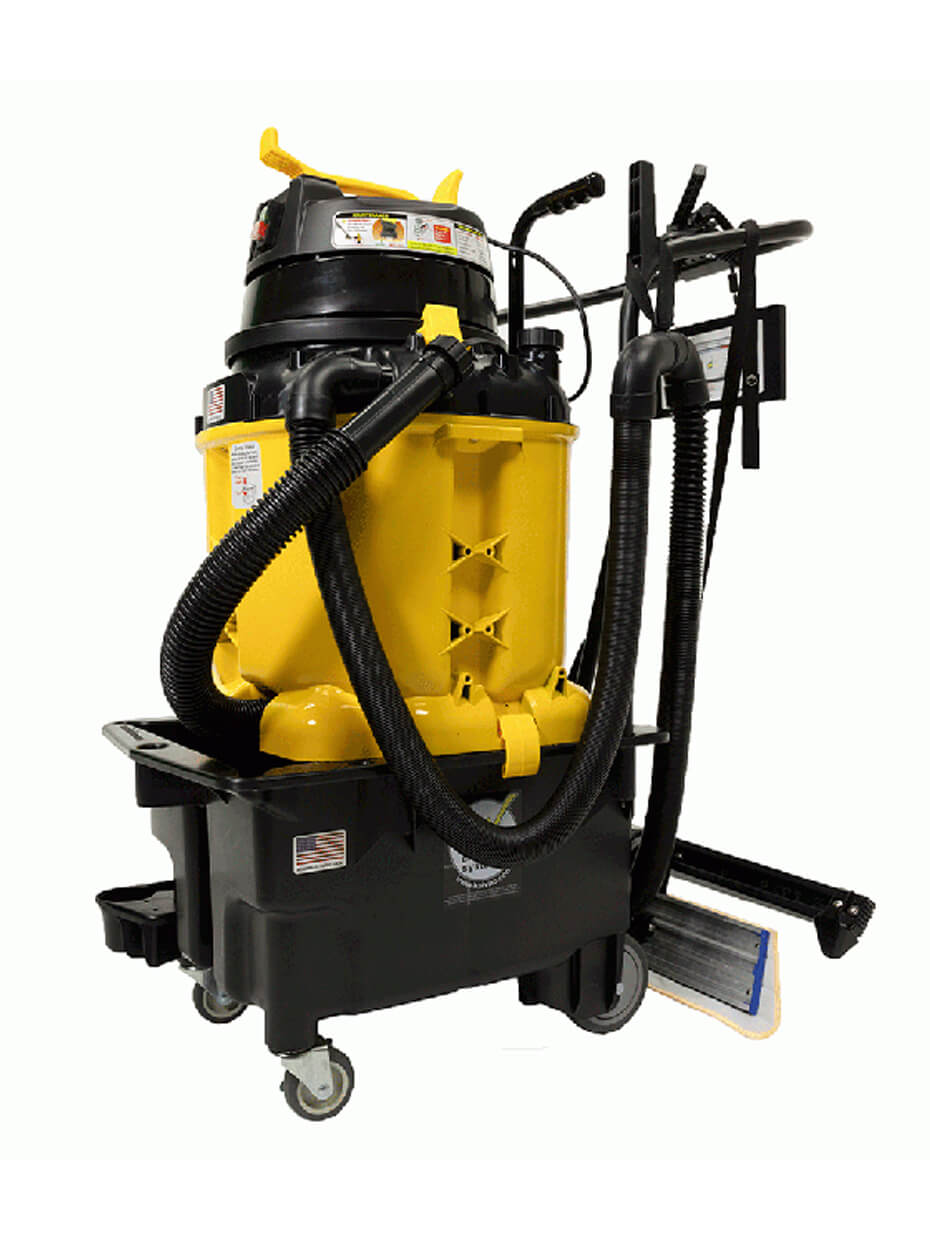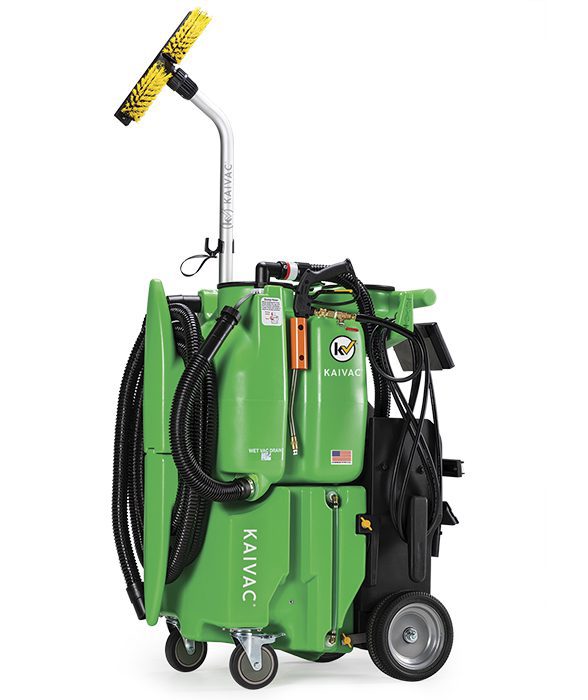Cleaning in food processing is serious business; the health, quality, and purity of America’s food supply rely on it. Keeping food processing plants and factories clean is also a complicated process with many variables in play. It requires a dedicated crew, well-trained in the multiple steps, various products, and particular methods. Doing it right will keep foodstuffs and customers safe, improve plant efficiency, and increase worker satisfaction. Doing it wrong can seriously impact business by creating unsafe conditions, financial loss, and legal ramifications. While each plant should have different protocols based on the kind food they process and the equipment they use, an article in Food Safety magazine outlines the proper steps needed for every business’s cleaning and validating protocol. Here are the main steps every business must take.
Preliminary Cleaning
Cleaning in food processing is much more complicated than simply sweeping or mopping. Correct protocol requires removing both visible and invisible soils from the plant and equipment. The University of Florida Institute of Food and Agricultural Sciences extension states that food soils can vary wildly in composition and that no single detergent can tackle them all. Fat-based soils are often easily removed with hot water and alkaline detergents, while protein-based soils are more difficult. These need highly alkaline detergent with peptizing or dissolving properties. Carbohydrates may be hard to remove from your diet (and your hips), but they are the easiest food soil type to remove, requiring only a mild detergent. Mineral salt-based soils can be challenging. The University suggests an acid-based cleaner for these.
Along with knowing the chemistry of the soil and the detergent, proper protocol requires knowing the characteristics of the surface you’re cleaning. For example, milk and milk products are processed on stainless steel equipment, while high-salt and highly acidic products need more corrosion-resistant materials like titanium. Nonmetals, and soft metals like aluminum, brass, and copper are also commonly used in food processing, but these materials are at risk of developing pits and cracks, making them extremely difficult to thoroughly clean.
Sanitizing
A second, more intense cleaning pass reduces microorganisms to levels considered safe from a public health viewpoint. Food Safety reports that the final daily cleaning step is to sanitize walls, floors, and equipment surfaces. Foam cleaner is preferred, as cleaning staff can visually confirm that all surfaces have been covered. Be sure to leave the chemical in place for the appropriate dwell time before rinsing.
Validating
The final step for any cleaning in food processing protocol is validation. This step provides proof beyond what is visible to the human eye that surfaces are totally clean. There are a few technologies that facilitate this, including dyes and optic beams. Adenosine triphosphate (ATP) detectors are also a very effective and popular way to validate a clean. ATP is present in plants, animals, bacteria, yeast, and mold. Detection devices pick up ATP and report levels back in real time so you can determine if your surfaces are truly clean with clear accuracy.
Click here for more information on state-of-the-art measurement technology.
